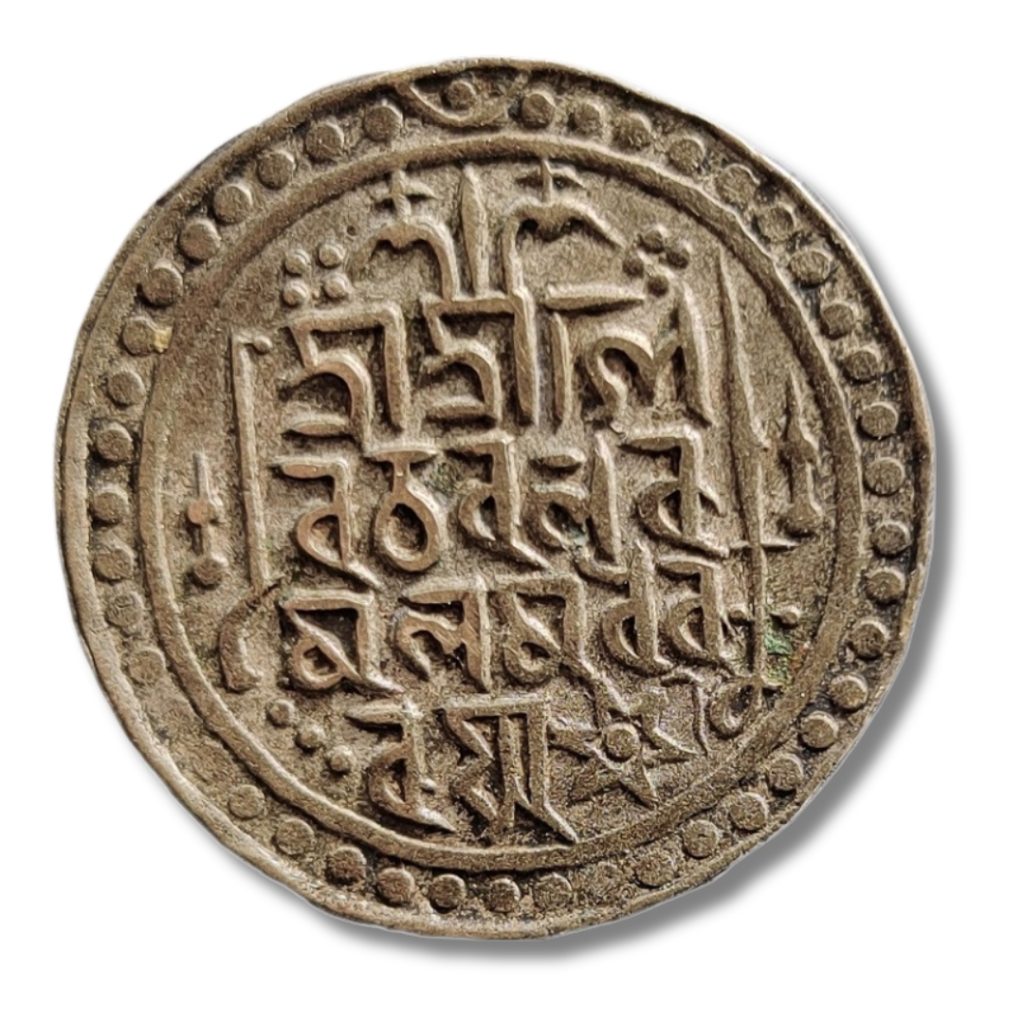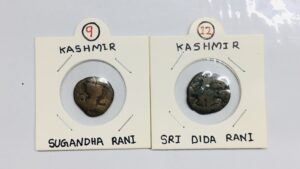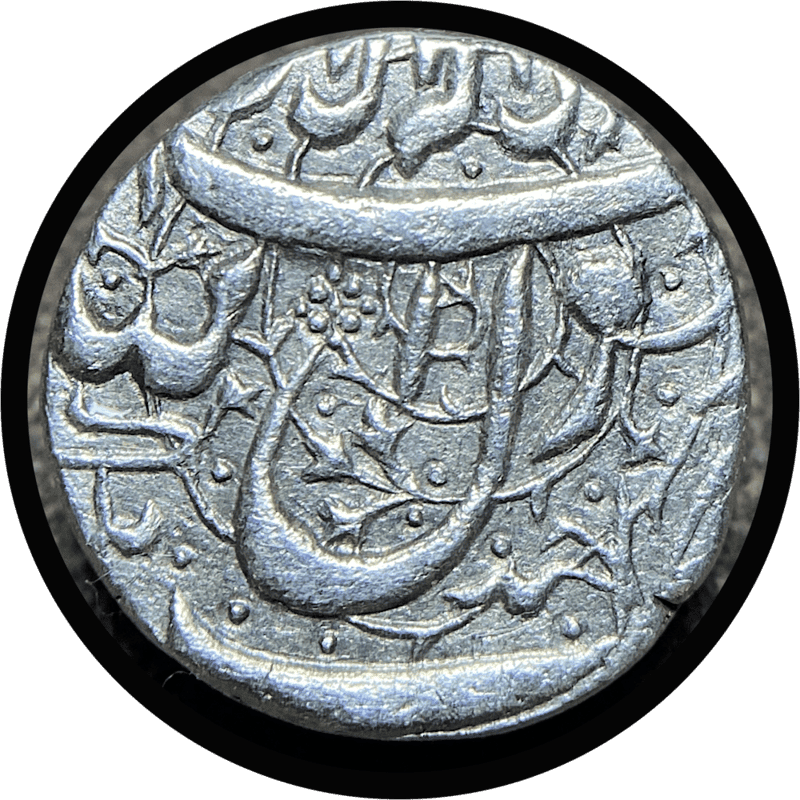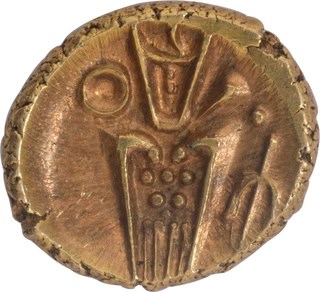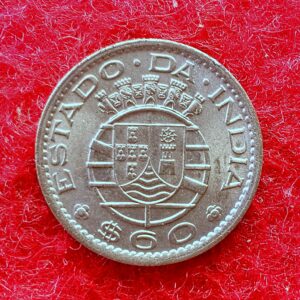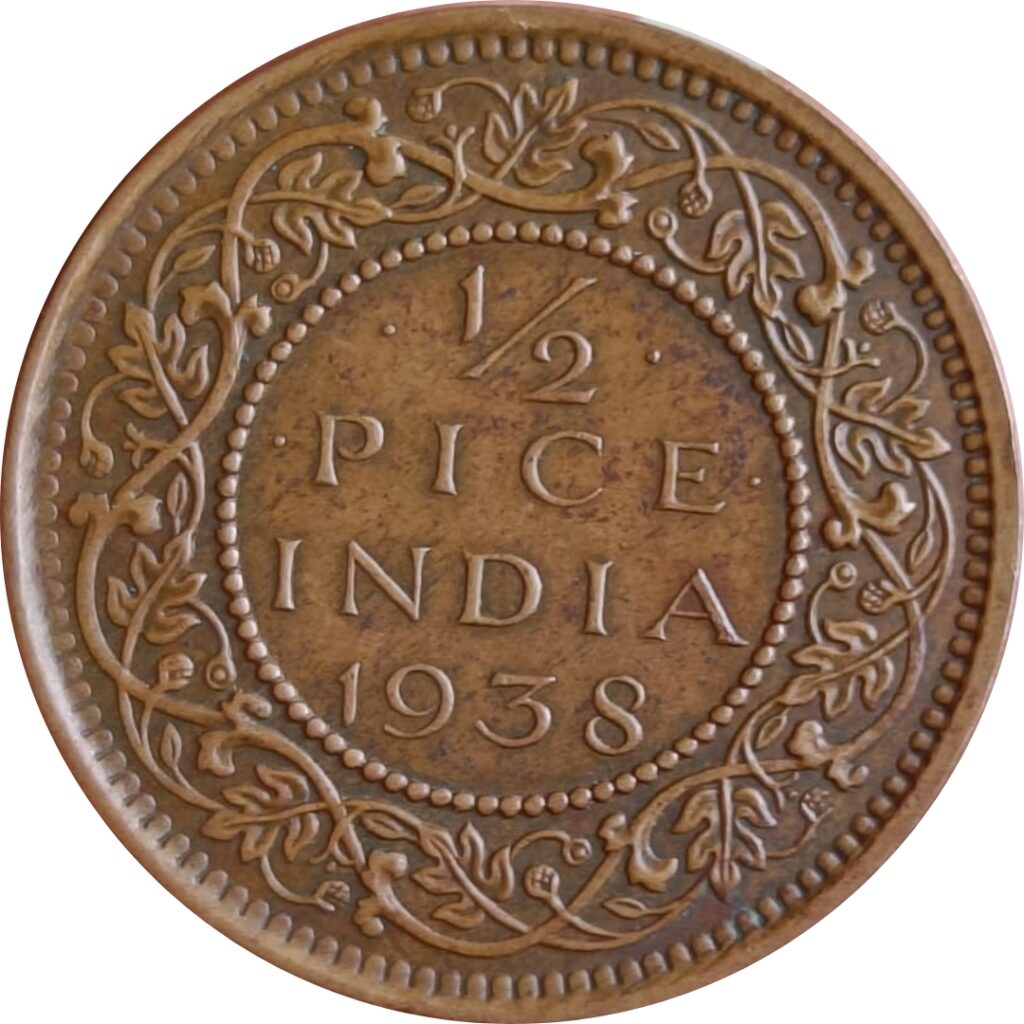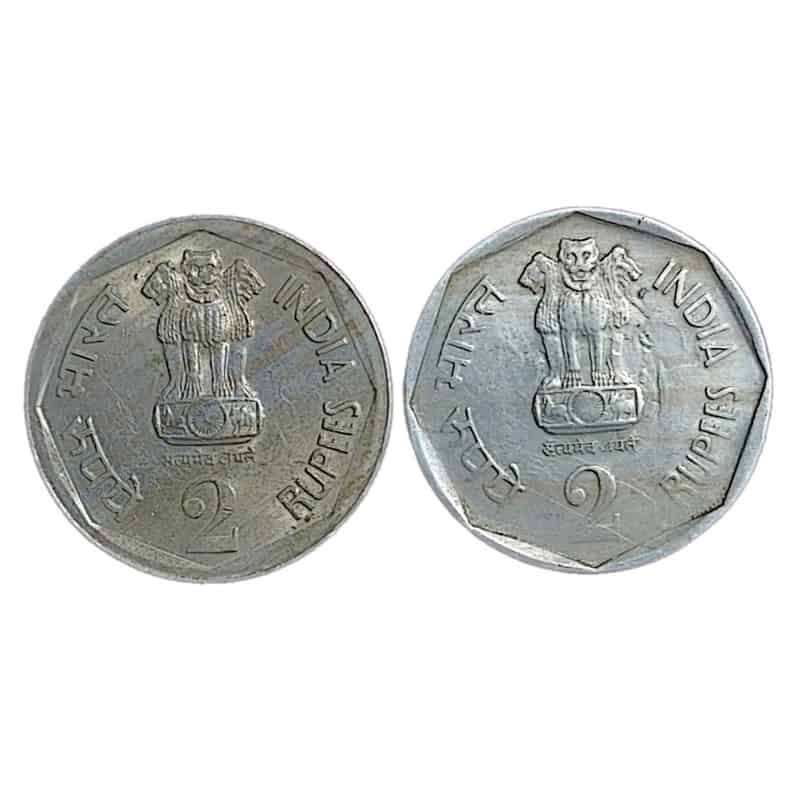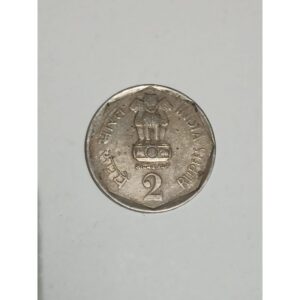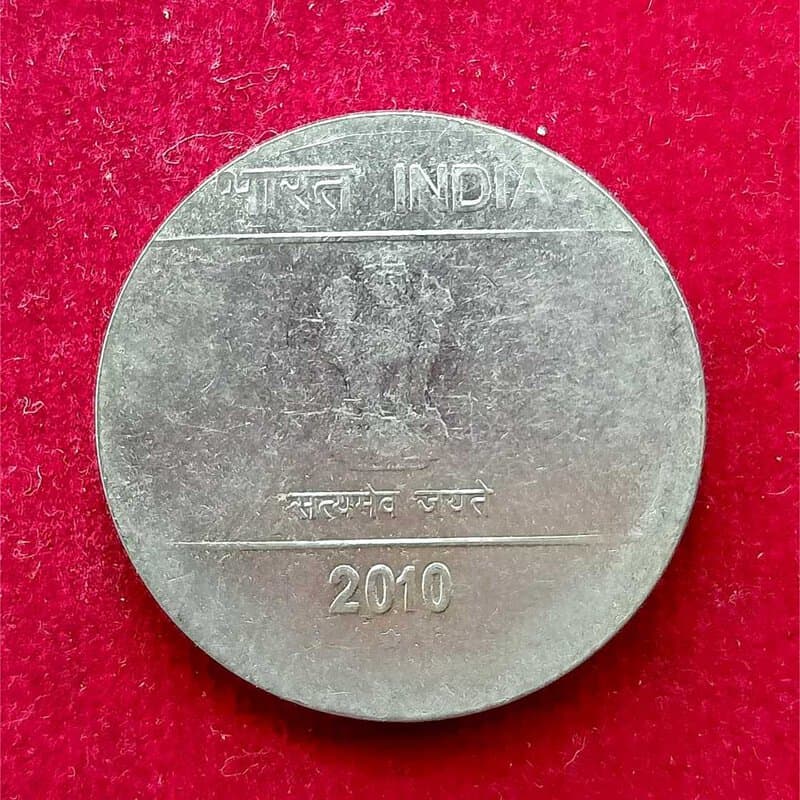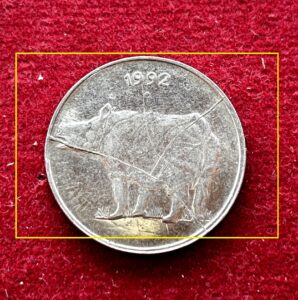
Welcome to BidCurios, your entryway to a fascinating historical trip in which we examine the appeal of antique old Indian coins and the pleasure of collecting them. BidCurios provides you with an unrivalled opportunity to explore India’s rich numismatic history by offering a wide range of categories. Here you can find coins from all eras including Ancient India Coins, British India Coins, European Colonies in India Coins, Independent Kingdoms of India Coins, Indian Princely States Coins, Indian Sultanates Coins, Medieval Indian Coins, Mughal Emperors of India Coins, Republic India Coins, World Coins, and Error Coins.
Ancient Old Indian Coins – Echoes of Civilization
We go back to the early beginnings of Indian money when we look at the category of Ancient India Coins. Each coin, from the earliest punch-marked ones from the Mauryan and Indo-Greek eras to those from the Kushan, Satvahana, and Gupta empires, represents the aesthetic and cultural riches of its epoch. Ancient Indian coins include writings and symbols that shed light on the social and economic structure of those societies.
You may immerse yourself in the intriguing history of India’s ancient past thanks to BidCurios’ wide selection of Ancient India Coins.
Ancient India Coins

Copper Coin of Satavahan Dynasty (1st Cen. BC) from Prakashe Region Rare
₹500.00

Copper Coin of Bhadra/Mitra Dynasty (2nd Cen. BC) with Chhatra in Railing Flanked by Elephants
₹2,000.00

Lead Coin of ESatavahan Dynasty (1st Cen. BC) from Vidarbha with Humped Bull Right/Ujjaini
₹150.00

Rare Copper Punch-Marked from Vidarbha Region(300-200 BC) with Circular Pond with Fishes
₹800.00

Copper-Alloy 1/4 Karshapana of Indra Mitra (1st Cen. AD) of Panchala’s of Ahichhatra – Rare
₹500.00

Cast Copper Kakani of Sunga Kingdom (187-75 BC) from MP Region with Hollow Cross/Tree Railing
₹325.00
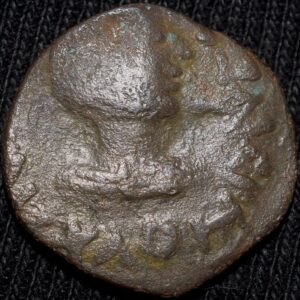
Copper Dracham of Kujula Kadphasis( AD 30-80) of Kushana Dynasty Portrait Issue Very Rare
₹1,500.00

Silver Punch Marked Karshapana of Vidarbha Region (3rd – 2nd Cen. BC)
₹600.00
Medieval Old Indian Coins – Tracing India’s Historical Timeline
The category of Medieval Indian Coins includes coins from all of the dynasties and historical periods that helped to shape medieval India. Each coin, from the Cholas to Chalukyas, depicts the political climate and cultural variety that were prevalent at the time.
Through a carefully chosen collection of coins, BidCurios provides a window into the historical fabric of medieval India.
Medieval India Coins

KASHMIR COIN HARSHA RAJA DEVA 1063-1089 AD., AE STATER, RARE COIN. 6.22 grams. Heavy weight.
₹400.00

Rare Copper Drachma of Post-Gupta (5th Cen. AD) with Profile Portrait/Deity Seated
₹1,200.00

Copper Coin of Samanta Deva(AD850-1000) of Ohinda Dynasty Bull/Horseman Type
₹300.00

KASHMIR COIN HARSHA RAJA DEVA 1063-1089 AD., AE STATER, RARE COIN. 6.33 grams. Heavy weight.
₹400.00

Silver Tara of Vijaynagar Kingdom (14th – 15th Cen. AD) of Devraya Period with Deer within dotted Circle
₹1,450.00
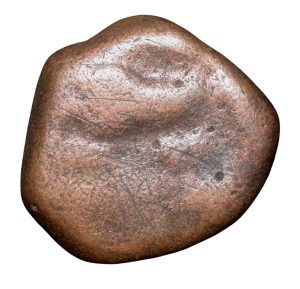
Copper Dramma of Bhoja I (AD 836-885) of Partihara Dynasty Lord Varha
₹800.00
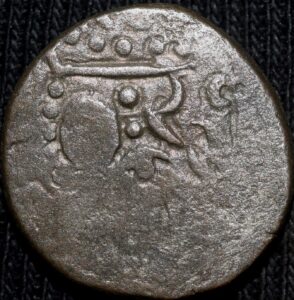
Billion 1 Dramma of Gujara Partihara (5th – 7th Cen. AD) of Indo-Sassanian Series
₹400.00
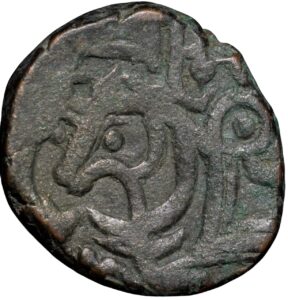
Copper Coin of Samanta Deva(AD850-1000) of Ohinda Dynasty Bull/Horseman Type
₹300.00
Independent Kingdoms of India Coins – Sovereign Coinage
We examine coins produced by numerous independent states and kingdoms that coexisted with the before the British authority under the category of Independent Kingdoms of India Coins. These coins display distinctive regional artistic characteristics and have inscriptions in regional tongues, which speak to the period’s many cultural identities.
We at BidCurios have a collection that honors the independence and varied coinage of the independent kingdoms of India.
Independent Kingdoms of India Coins
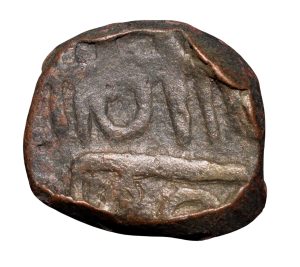
Rare Copper Paisa of Gopal Rao Patwardhan(AD 1750-1771) of Maratha Confederacy
₹1,500.00
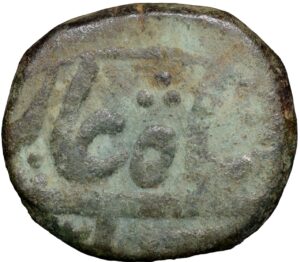
Copper Paisa of Bhonsala Raja’s of Nagpur (AD 1759-1806) INO Shah Alam II with Zaripatka Flag
₹400.00

Copper Paisa of Bhonsala Raja’s of Nagpur (1700-1800 AD) with Zaripatka double leaf flag
₹250.00

Copper Kasu of Sasivarnadeva(AD 1730-50) of Sivaganga Raja’s Ty.12.4
₹800.00

Copper paisa of Chhatrapati series (17th Cen. AD) of Maratha Confederacy
₹200.00
Indian Sultanates Coins – Remnants of Medieval India
The Indian Sultanates Coins category takes us back to the ages when distinct sultanates dominated various parts of India. These sultanates’ currency provides evidence of the splendor and wealth of their reigns.
Indian Sultanates Coins

Copper 1 Falus of Murtada Nizam Shah I(AD1565-88) of Ahmadnagar Sultanate Type N2
₹750.00

Copper 1/2 Falus of Nasir Shah(AD 1500-10) of Malwa Sultanate M144 About Mint Grade
₹1,000.00

Billon Coin of 32 Rati of Firuz Shah Tughlaq(AD1351-88) of Delhi Sultanate D479
₹600.00
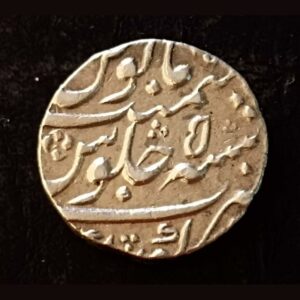
Rare Rare Muhammad Shah Akbarabad Mint Denomination One Rupee
₹2,150.00
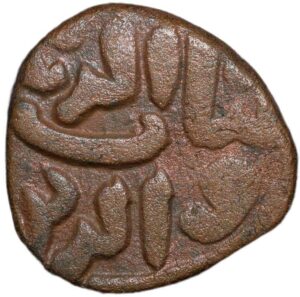
Copper Paika of Ghiyath al-din Tughluq(AD1320-25) of Delhi Sultanate D313 Rare
₹650.00

Copper 1/2 Paisa of Baroda State(18th Cen. AD) INO Shah Alam II
₹300.00

Copper 1/4 Falus of Ghiyath Shah(AD1469-1500) of Malwa Sultanate Type M92 Beautiful Grade
₹350.00
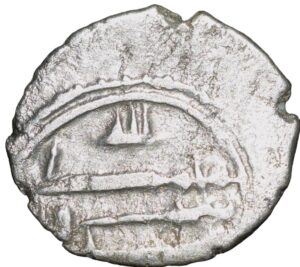
Silver Dirham of Amir Muhammad I (AD 870-1030) of Habbarids of Sind
₹550.00
Mughal Emperors of India Coins – Artistic and Cultural Magnificence
During Indian Mughal emperors reign, coins have played a crucial role in the development of Indian currency. Under the Mughal emperors’ patronage, coins were minted that displayed the glory of the Mughal Empire via elaborate writing and artistic depictions.
A collection honoring the creative and cultural history is proudly offered by BidCurios in the form of Mughal Empire Coins.
Mughal Emperors of India Coins

Copper Paisa of Shah Alam Bahadur (AD 1707-1712) of Khujistha Buniyad Mint Unlisted Rare
₹900.00
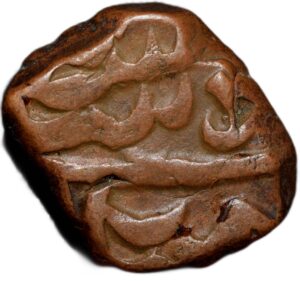
Copper Dam of Muhammad Shah(AD1719-1748) of Elichpur Mint KM # A430.1
₹250.00

Copper Paisa of Aurangzeb(AD 1658-1707) of Singhana Mint Unlisted Very Rare
₹950.00
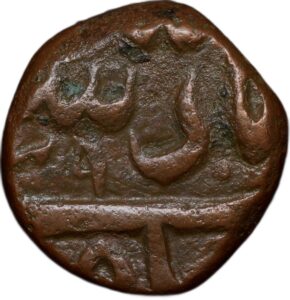
Copper Dam of Muhammad Shah(AD1719-1748) of Elichpur Mint KM # A430.1 Dated AH1139/9
₹300.00
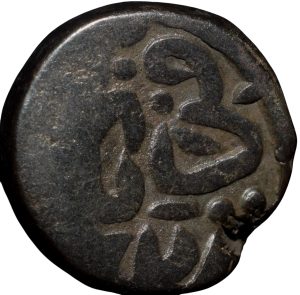
Copper Falus of Humayu(AD 1530-56) of Dar-al-Mulk Hazrat Dehli Mint Scarce
₹800.00

Copper Dam of Muhammad Shah(AD1719-1748) of Elichpur Mint KMA430.1
₹300.00

Copper Dam of Akbar (AD1556-1605) of Alwar Mint KM 28.7
₹325.00

Copper 1/2 Dam of Aurangzeb(AD1658-1707) of Surat Mint KM284.1
₹500.00
European Colonies in India Coins – Traces of Foreign Rule
The European Colonies in India category of coins provides an overview of the numismatic legacy of the numerous European nations who founded trading posts and colonies in India. The distinctive designs on the Portuguese, Dutch, French, and Danish coins from their separate colonial lands represent the fusion of European and Indian traditions.
In order to highlight the complicated historical connections between India and these colonial powers, BidCurios aims to highlight the numismatic artifacts of European authority in India.
European Colonies in India Coins

Copper-Nickel 3 Escudos of Portuguesa India (AD 1959) Scarce KM34
₹500.00

India Portuguese (Goa) Silver One Excellent Condition As Image
₹3,870.00

Copper 1/2 Duit of Indo-French(AD 1695) with Goddess Mahakali/Nakapattanam
₹800.00
British India Coins – A Glimpse of Colonial Legacy
A period of colonial influence is introduced by British India Coins. These coins, which were first struck for the British East India Company and afterwards for the British Crown, have recognizable designs with effigies of British rulers and other significant images. The group comprises currencies like rupees, ana, and pie, each of which bears witness to the political and economic changes that colonial India underwent.
You may learn more about the numismatic history of the British Empire at BidCurios thanks to our wide range of British India Presidency Coins and British India Coins.
British India Coins
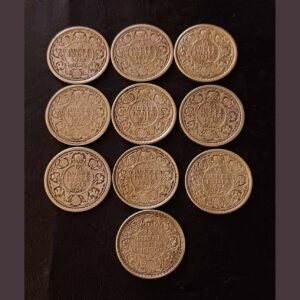
Silver British India Set Of 10 Pieces Of 10 Different Year King And Emperor George V Denomination 1/
₹7,000.00

Victoria. 1841 2 Aana Silver East India Company Silver British India Original Gauarantee
₹1,080.00
Indian Princely States Coins – The Majesty of Royalty
Indian Princely States Coins are attractive because they capture the opulence of a bygone era’s monarchy. Individual princely nations that were ruled by the British Crown created these coins. Each princely state had its own distinctive currency that reflected the history and culture of the area.
The collection of Indian Princely States Coins that BidCurios offers enables collectors to experience the majesty and aesthetic delicacy of princely coinage.
Indian Princely States Coins

Copper Paisa of Ranjit Singh(AD1864-1893) of Ratlam State KM # 22.2 Katar Type
₹400.00

Copper 1/4 Paisa of Ratlam State (17th -18th Cen. AD) Anonymous Issue Unlisted Rare
₹650.00
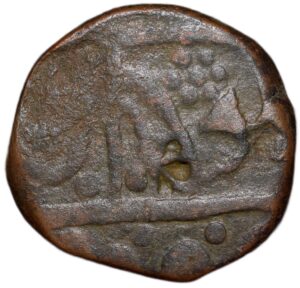
Copper Paisa of Jayaji Rao (AD 1843-1886) of Gwalior State Lashkar Mint Anonymous Issue
₹450.00

Princely state of Mewar 1 Anna – Bhupal Singh 2000 (1943) Coin
₹342.00

Copper Dokdo of Rasul Muhammad Khan(AD1891-1911) of Junagarh State KM # 45.1
₹200.00
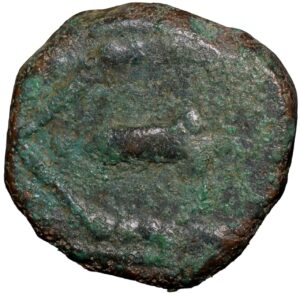
Copper Paisa of Sitamau State (17th – 18th Cen. AD) Dagger & Trishul Type Unlisted Rare
₹750.00
Republic India Coins – Numismatic Evolution
A new era in Indian numismatics is represented by Republic India Coins. These coins, which have development and aspirational motifs on them, have been produced since the first ones after India gained its freedom.
We provide a wide variety of Republic India Coins at BidCurios that trace the development of the country’s money. You can browse Republic India Coins, India Commemorative Coins and India Proof Sets.
Republic India Coins
India Commemorative Coins

Bronze Pice of Republic India (AD 1950) of Calcutta Mint Thick Plainchet
₹200.00

1950 one anna bull gem unc condition with original lusture mumbai mint
₹2,200.00

Care for the Girl Child *SAARC YEAR 1990 Bombay Mint Rare 1 Rupee Coin
₹200.00
India Proof and UNC Coin Sets
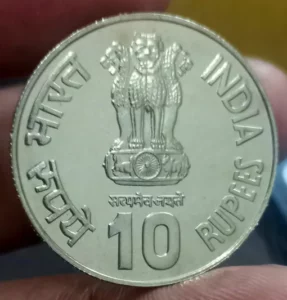
Extremely rare 2001 sant tukaram 10 rs bunc condition coin
₹7,699.00

Rare Rs 10 Mata Vaishno Devi Shrine Board Hyderabad Issue Single Coin
₹1,000.00
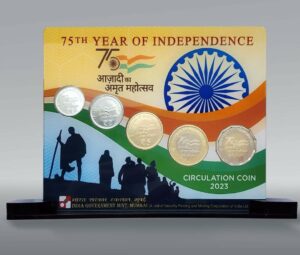
Rare 2023 Akam sereies 5 coins set acrylic packing mumbai mint
₹3,000.00

1985 RBI Golden Jubilee – Proof Coins Set (50 Paise,2Rs,10Rs,100Rs)
₹29,000.00
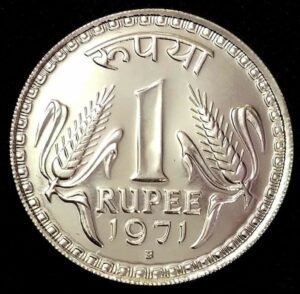
Extremely rare 1971 one rupee proof coin B mark proof coin in top grade
₹28,000.00

Saint Alphonsa 5 and 100 Rupees of 2009 Unc Special Mumbai Mint Cover Set
₹4,374.00

Mother Teresa Birth centenary Rs.100 Rs.5 (Proof set)
₹7,000.00
World Coins – Global Treasures
In addition to Indian coins, BidCurios also offers you a variety of World Coins from all across the globe and different historical periods. These coins from many nations and civilizations provide a fascinating window into the numismatic history of the planet.
Check out our World Coins and World Proof Sets.
World Coins
Error Coins – Unique and Rare Finds
Despite being accidental, error coins have a high value to collectors. In order to provide a sense of interest to any collection, BidCurios takes great satisfaction in offering a variety of these uncommon and unusual treasures.
Browse our collection of Error Coins.
Error - Coins

5 Rupees 2004 Calcutta Mint Reeded Edge and Small Rotation Error Very Rare Coin
₹250.00
Conclusion
In your search for ancient Indian coinage and more, BidCurios is your dependable ally. We encourage you to go on a numismatic adventure unlike any other with our broad range of categories, each of which offers a treasure trove of historical relevance and creative excellence. Visit www.bidcurios.com to explore the heritage of Indian antique coins, reconnect with history, and rediscover the past. Your collecting experience will be very enjoyable thanks to our staff of knowledgeable professionals and passionate collectors. Join BidCurios today to begin or grow your collection, and explore the fascinating world of numismatics!




